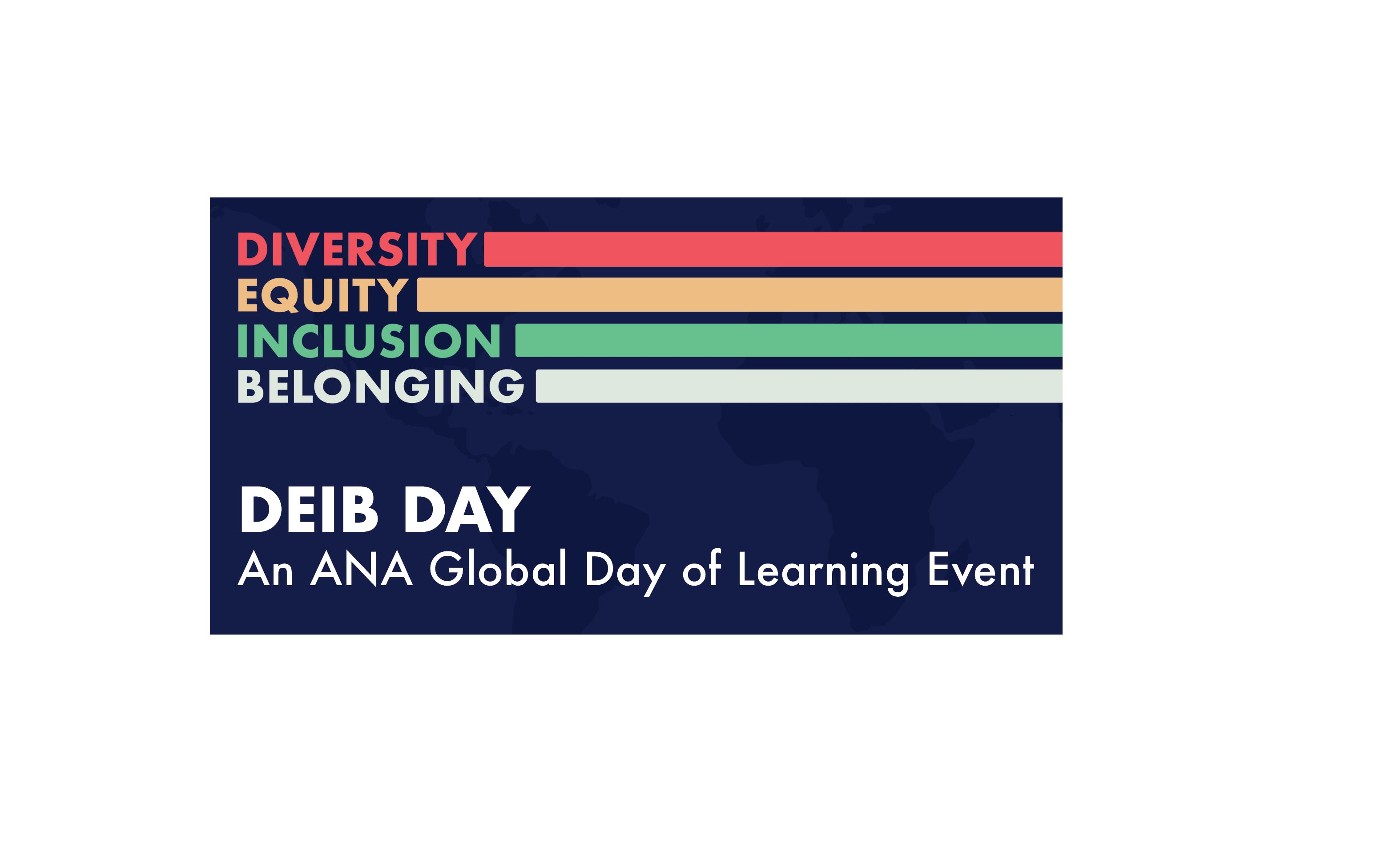The ABCs of B2B DEIB

Business-to-business marketers took charge of digital transformation throughout their companies during the pandemic, as sales and marketing teams -- as well as B2B buyers -- got more conditioned to digital transactions. New customer behaviors online also emerged and have started to become the norm throughout vertical markets.
But amid the digital transformation B2B marketers have also boosted their human, or B2H, skillsets. With the ongoing rise of DEIB (Diversity, Equity, Inclusion and Belonging), it's more important than ever.
As part of the ANA's DEIB Day yesterday, ANA Vice President, Business Marketing Practice Sonia David interviewed three top B2B marketing executives who lead DEIB initiatives to get their take on best practices now emerging for DEIB. They are:
- Toni Clayton-Hine, CMO at EY
- April Crichlow, CMO at Centrical
- Linda Brunner, Senior Vice President, Head of IT Digital Customer Experience at Siemens Healthineers.
The interviews have been edited for length and clarity.
Sonia David: What marketing skills are essential to DEIB success? Any non-negotiables?
Toni Clayton-Hine: We look at it as awareness; are you self-aware in terms of how you're acting, how you're thinking and how you're interacting. Then we look at how are you aware and contributing as a team, as a function, as a firm and our measurement comes in all of those different areas. When you look at self-awareness, it gets included in your inclusiveness scores, and your focus on that is included in your individual goals. And we are measuring how thoughtful we are in terms of who do we have on the team? What are they contributing, how are they contributing to it? And then we think broadly as a function: how are we from brand marketing communications both at a country level, a regional level and a global level.
April Crichlow: In terms of non-negotiables, for all of us in marketing, we're very data driven. I think that's critical to have that mindset from how data gives you the insight and gives you the ability to have action. One that I can take from my SAP days is we really wanted to have a level of women and leadership in the organization. It was at a lower percentage at the time and the goal was to get it to 30 percent because it was an important initiative to make sure that there was equity in the company from a leadership perspective. The data was looked at, where it was stated, top to bottom and then allowed SAP to hit those goals over the years. Data can be very powerful in terms of giving you a goalpost and then giving you a direction.
David: How do you bring your DEIB efforts to life for your employees, customers and prospects?
Linda Brunner: We partnered with some customers, and we put a mammography truck in place. We went to Philadelphia and last year, we went down to the North Carolina Raleigh area. Together with our customers and their patients we committed that these folks went through the screening they may never have had that opportunity to have. So, it's tying the employee and the organization. It's connecting what our purpose is and making it relevant, working together with our customers - in our case for healthcare to serve their patients. With our talent acquisition folks, one of the first places to look is in our job descriptions. In many cases in a highly technical and high-tech engineering, we now put our job descriptions through this neutral language decoder, and we look to see how many masculine terms versus feminine terms are included in those and then adjust to balance those out.
Click the social buttons to share this story with colleagues and friends.
The opinions expressed here are the author's views and do not necessarily represent the views of MediaVillage.com/MyersBizNet.

